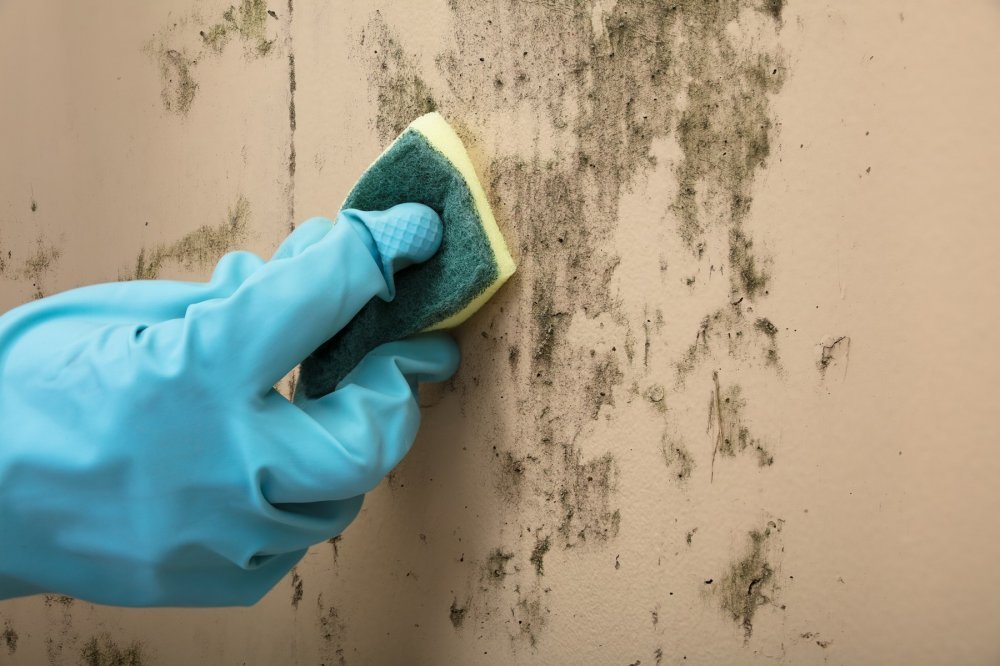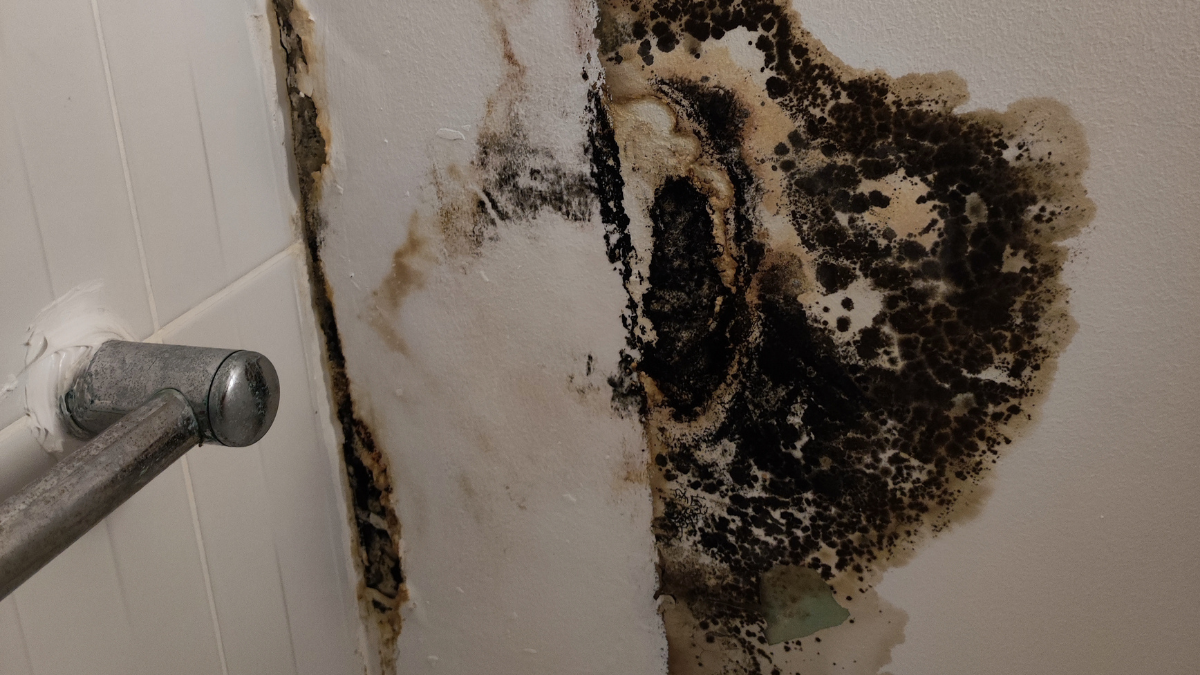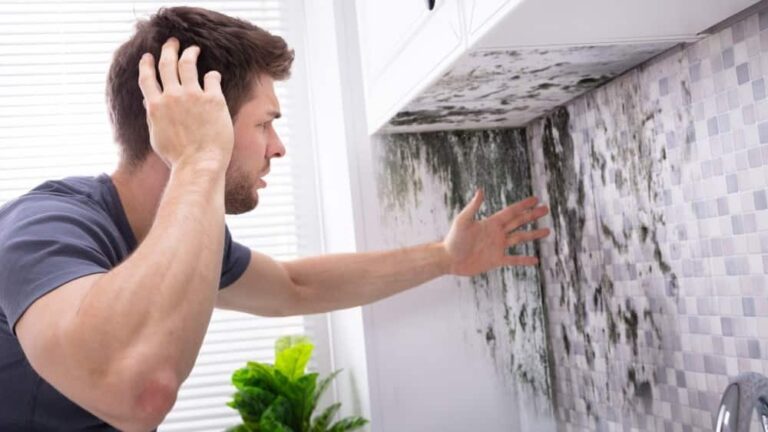Mold, the unwelcome guest in many homes, thrives in damp and humid environments. It sneaks in without an invitation, laying claim to our walls, ceilings, and sometimes even unsuspecting belongings.
The good news? You can take charge of your indoor atmosphere and keep mold at bay by effectively managing moisture levels. Understanding the sources of humidity—whether it be from everyday activities like cooking and showering, or more insidious culprits like leaks and inadequate ventilation—empowers you to act decisively.
This article delves into practical strategies, from simple lifestyle changes to clever home improvements, all designed to create a dry, mold-free haven in your living space. By embracing these proactive measures, you can safeguard your home and health from the pervasive threat of mold.
Identifying Sources of Household Moisture

Identifying sources of household moisture is a crucial first step in preventing mold growth. Many homeowners might not realize just how easily humidity can seep into their living spaces.
From the steamy aftermath of a long, hot shower to those minor leaks under the kitchen sink, moisture is often lurking in seemingly innocuous places. Basements and crawl spaces can be particularly problematic, frequently harboring dampness due to poor ventilation or inadequate waterproofing.
Additionally, household activities such as cooking and washing clothes contribute to elevated moisture levels, especially in areas lacking proper airflow. To combat this silent invader, it’s essential to conduct a thorough inspection of your home, pinpointing trouble spots and considering factors like weather patterns and local humidity.
Understanding these sources empowers homeowners to take action, creating a drier, healthier environment that is inhospitable to mold.
Effective Moisture Management Strategies

To effectively manage moisture levels in your home, a multifaceted approach is essential. First and foremost, invest in high-quality dehumidifiers, particularly in areas prone to dampness, such as basements and bathrooms.
However, don’t rely solely on this gadget; ensure that your home is well-ventilated. Open windows during dry days and utilize exhaust fans while cooking or showering to disperse humidity.
Additionally, consider temperature regulation—keeping your home cool can significantly reduce moisture accumulation. Regularly inspect and repair plumbing leaks, for even the smallest drip can lead to significant dampness over time.
Incorporate moisture-absorbing materials, like silica gel or activated charcoal, in storage areas. Lastly, maintaining a strategic arrangement of furniture can enhance airflow, preventing moisture buildup behind pieces.
By weaving these strategies into your daily routine, you create an environment that naturally resists mold and fosters a healthier living space.
Routine Maintenance: A Key to Mold Prevention

Routine maintenance is an essential shield against the insidious threat of mold, lurking silently in corners and crevices, waiting for the slightest hint of moisture. Regularly inspecting areas prone to dampness—like basements, bathrooms, and under sinks—allows for timely detection of water leaks and condensation problems.
A simple, yet often overlooked task, is to check and clean gutters, ensuring that rainwater flows freely away from your home’s foundation, reducing the risk of seepage. Remember, a well-functioning HVAC system not only improves air quality but also regulates humidity levels, thwarting molds growth.
Additionally, changing air filters and inspecting seals can make a significant difference. By weaving these maintenance habits into your routine, you create an environment where mold struggles to thrive, safeguarding your home and health from its potentially harmful effects.
Conclusion
In conclusion, effectively managing household moisture levels is key to preventing mold growth and ensuring a healthy living environment. By implementing strategies such as proper ventilation, regular maintenance, and the use of dehumidifiers, homeowners can significantly reduce the risk of mold developing in their homes.
Additionally, it is wise to conduct routine inspections, and if necessary, consult a professional Mold Inspection Company to identify any hidden moisture issues. Taking proactive steps not only safeguards your property but also promotes the well-being of all occupants, creating a cleaner and more comfortable home.

